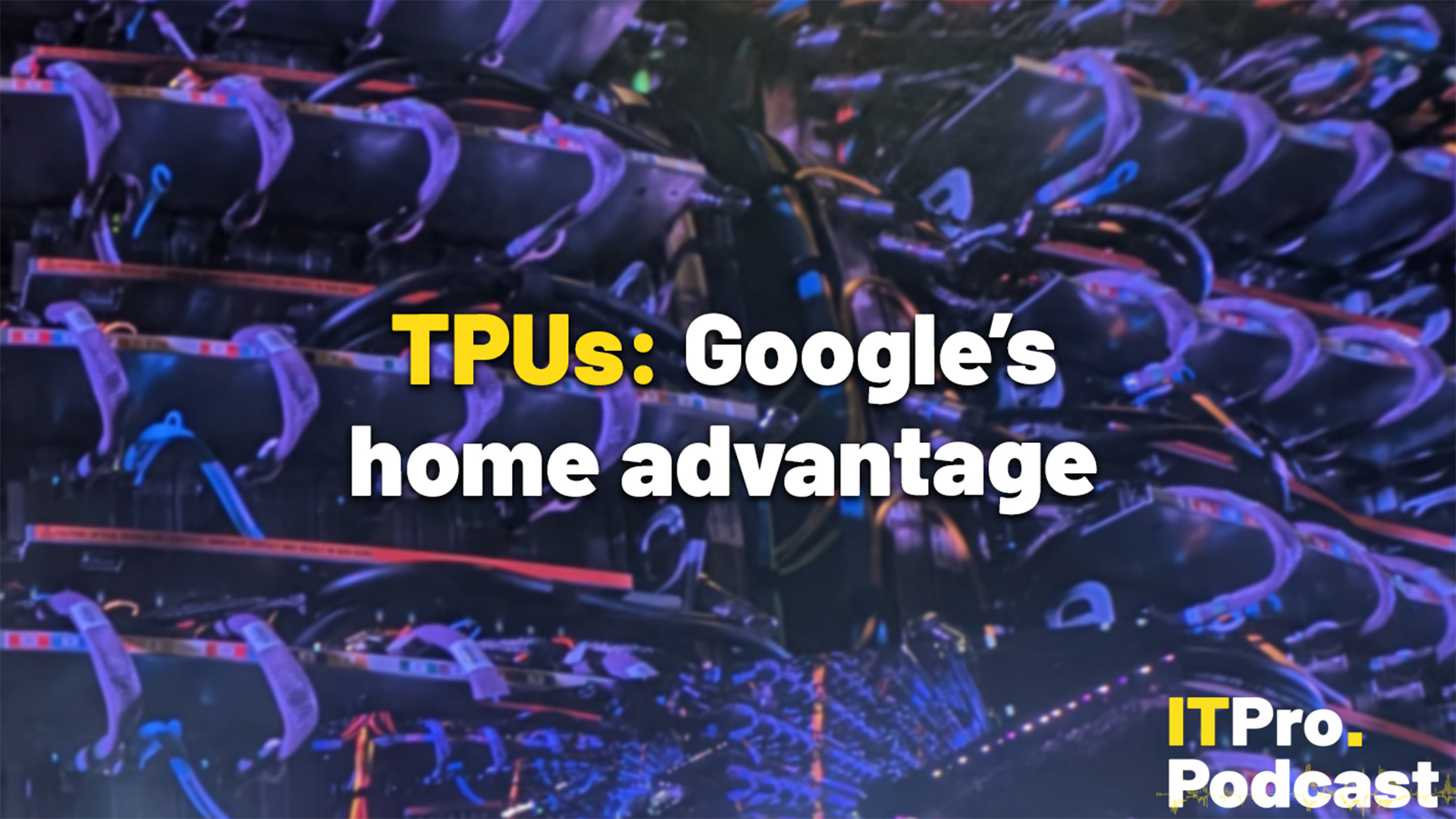New chapter, same partners: Keeping the channel aligned with change
How to maintain strong channel partnerships amid evolving strategies and market change


Cybersecurity is a notoriously fast-moving sector. The landscape can be redefined day by day as new threats emerge. Security services and solutions are continually being refined and developed to keep ahead.
Vendors scale, strategies pivot, and service models transform. But amid all this change, partner relationships must remain constant. Alongside managing transformation internally, it’s essential to ensure that partners come on that journey, too.
When vendors forget to take their partners along for the ride, the resulting drift can strain relationships and confuse customers. As we’ve found on our journey, maintaining alignment takes a deliberate, ongoing commitment.
The consequences of falling out of alignment
I’ve learned over the years that a relationship built on trust is often more important to a successful partnership than any specifics about products and services.
When vendor and partner strategies begin to diverge, it can quickly threaten this all-important sense of trust and cooperation. Even slight drifts in focus and messaging can start to accumulate, putting strain on formerly strong, collaborative arrangements.
Both vendors and partners can be left wondering what happened as frustrations build and revenues decline. This is rarely intentional on anyone’s part, but more often it’s the combination of assumption and a lack of communication. Vendors can presume their partners will naturally align with evolving strategies. But partners have their growth agendas that are shaped by their customer needs and market positioning.
Misaligned messaging can fragment go-to-market efforts and weaken the partnership. This ultimately impacts sales as friction creeps in, and customers are confused by differing messaging and focus.
Stay up to date with the latest Channel industry news and analysis with our twice-weekly newsletter
Complete one-to-one alignment isn’t necessary, of course, nor is it realistic. What matters is recognizing where strategies overlap and investing in that shared ground. That starts with listening.
This is what makes the real difference in our long-lasting partnerships, where we’ve been working together for a decade or more. When we check in with our network, the consensus is a feeling of value, working as true partners who are listened to and with whom we genuinely collaborate.
By understanding a partner’s direction, vendors can tailor messaging and support accordingly.
Leading with transparency and humility
Strong partnerships are built on honesty, both when things are going well and especially when they’re not. Vendors changing focus or messaging must be transparent about new directions, acknowledging where past communication may have fallen short.
I always put a lot of emphasis on learning directly from partner feedback, including admitting when you haven’t always gotten it right or your approach can be improved with their input.
Transparency fosters credibility, and it’s particularly important in a crowded market where partners are fielding similar promises from multiple vendors. Clarity about what’s changing, why it matters, and how the partner fits into the picture helps remove uncertainty.
Importantly, trust today is defined by simplicity as much as it is by longevity. Partners value ease of doing business and vendors who make it easy to work with them effectively.
The need for meaningful engagement
It’s really important for these discussions to feel meaningful. Big changes shouldn’t be communicated through an impersonal email out to the network.
In-person engagement has long been the best way of achieving this, and I find it’s certainly regaining its power.
We saw this first-hand with our most recent EMEA Partner kick-off event in Prague. It was an invite-only event, but demand quickly exceeded capacity. With over 90% of invited organizations attending, the appetite for direct dialogue was clear, especially as we had partners fly in to join us from as far as South Africa and Kenya.
The event gave us a valuable opportunity to hear from executives first-hand, gain clarity on our roadmap, and connect with peers facing similar challenges. Those things could have been achieved with a webinar, but the human interaction of a face-to-face meetup is more meaningful and memorable.
We also ensured that we followed up locally in person after the event, further reinforcing the messaging and maintaining momentum.
These ongoing touchpoints matter. In a competitive ecosystem, partners remember who invests in the relationship. Curated experiences, meaningful conversations, and consistent follow-up go a long way in keeping vendors front of mind.
Enable your partners to scale, not stall
Alignment is about more than messaging — you also need to enable your partners to keep up with the company direction and compete and grow without unnecessary friction.
Increasingly, in the current hyper-competitive cybersecurity climate, that means giving partners access to proven, scalable services they can build on, rather than forcing them to invest in costly infrastructure like a 24/7 SOC. Vendors should also be bringing deep operational expertise that partners can leverage. This services-plus-expertise model allows resellers and service providers to move faster, focus on customer value, and avoid reinventing the wheel.
Flexibility is also key. Some partners prefer to white-label services, others to resell, so vendors must support both. The goal is to empower partners with choice, speed, and confidence in delivery.
Ultimately, building alignment with change isn’t about one-off initiatives; it’s about sustained focus. Evolving into a truly channel-first business means keeping partners front of mind in every decision. Those vendors who invest in clarity, consistency, and collaboration will be the ones whose partner relationships don’t just survive transformation. Indeed, they will emerge stronger as a result.

Tim Goodwin is director of international channel partnerships at Rapid7, with over 25 years of software sales and channel management experience across EMEA. A proven sales leader and accomplished executive influencer, Tim specializes in defining and executing partner strategies that drive growth. His expertise spans Host-Based and Endpoint Security, Data Management, and Enterprise and Network Management Solutions, helping partners deliver greater customer value and achieve sustainable revenue.
-
 Trump's AI executive order could leave US in a 'regulatory vacuum'
Trump's AI executive order could leave US in a 'regulatory vacuum'News Citing a "patchwork of 50 different regulatory regimes" and "ideological bias", President Trump wants rules to be set at a federal level
-
 TPUs: Google's home advantage
TPUs: Google's home advantageITPro Podcast How does TPU v7 stack up against Nvidia's latest chips – and can Google scale AI using only its own supply?
-
 Is diversity still a challenge in the channel?
Is diversity still a challenge in the channel?Industry Insights Despite progress, diversity remains a challenge in the tech channel, as women represent less than a quarter of the UK’s tech workforce and still face structural and cultural barriers
-
 How channel-supported smart decisions can pay off now and in the future
How channel-supported smart decisions can pay off now and in the futureIndustry Insights How can partners help retailers make smarter IT investments this Black Friday?
-
 Circular services: The next growth engine for channel partners
Circular services: The next growth engine for channel partnersIndustry Insights Why circular services are the next growth engine for channel partners
-
 The power of partner ecosystems in today’s tax landscape
The power of partner ecosystems in today’s tax landscapeIndustry Insights Technology transformations enable tax teams to embrace partnerships in a more collaborative manner
-
 When the vendor fails: Why B2B buyers need escrow as a priority for their software stack
When the vendor fails: Why B2B buyers need escrow as a priority for their software stackIndustry Insights Channel partners need stronger governance to navigate vendor collapse…
-
 Building enduring channel partnerships in a multi-generational IT environment
Building enduring channel partnerships in a multi-generational IT environmentIndustry Insights Partners are evolving from sellers to strategic advisors, prioritizing customer outcomes
-
 Is channel know-how the key to de-risking enterprise AI plans?
Is channel know-how the key to de-risking enterprise AI plans?Industry Insights Channel partners could be the key to enterprises successfully developing their AI projects and implementations…
-
 The MSP market has changed – we need to change how we think about it
The MSP market has changed – we need to change how we think about itIndustry Insights MSPs are advancing beyond IT, offering resilience and specialist services through co-management